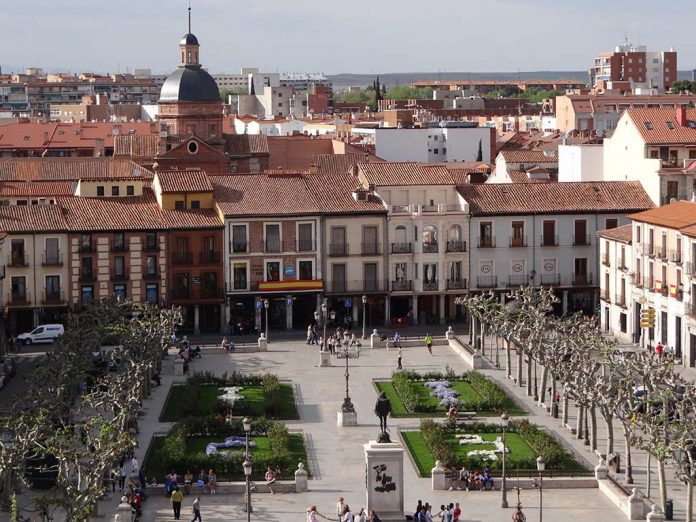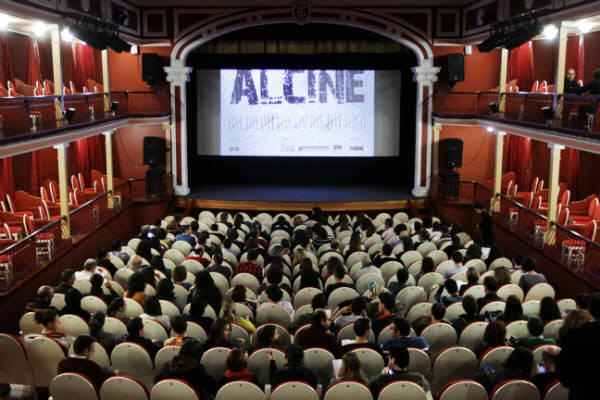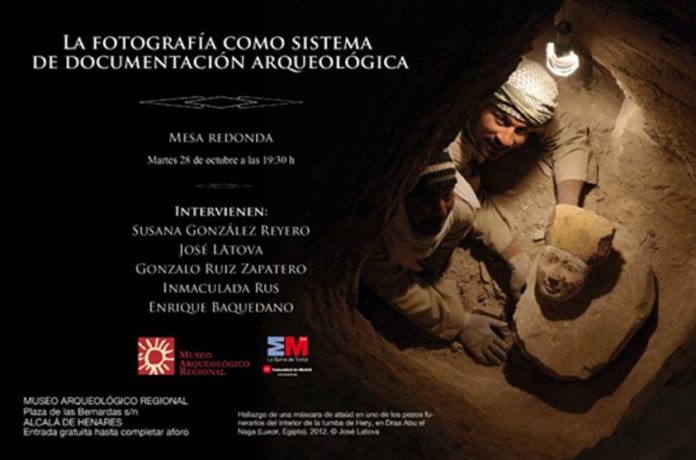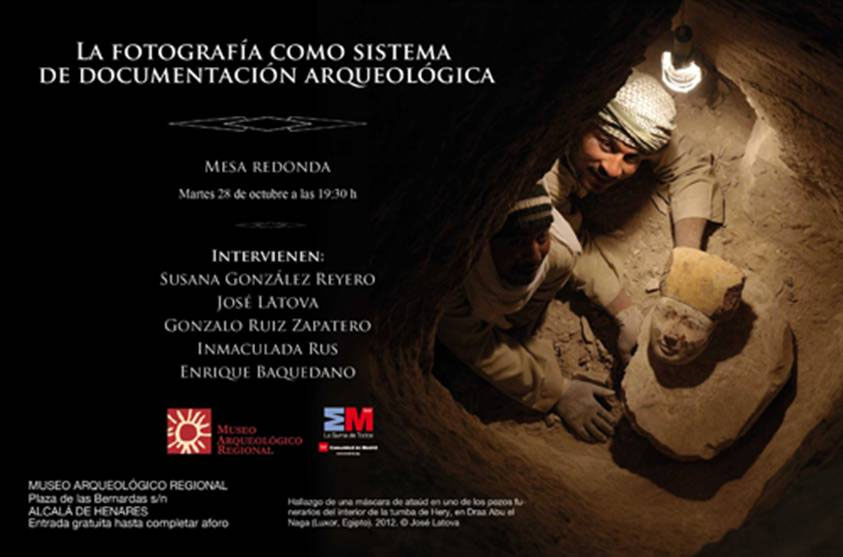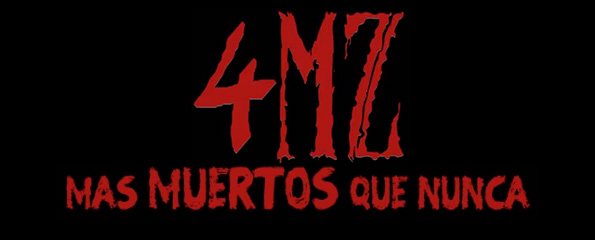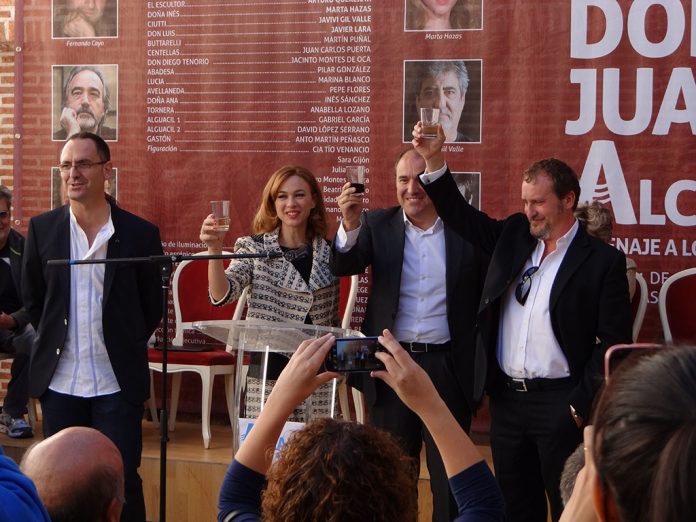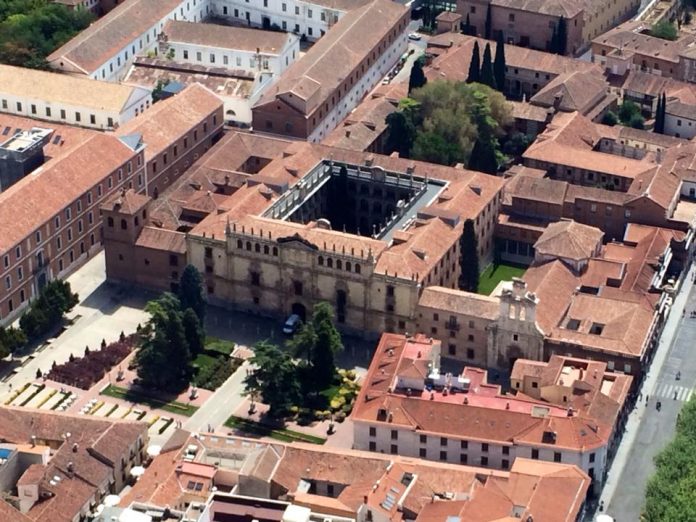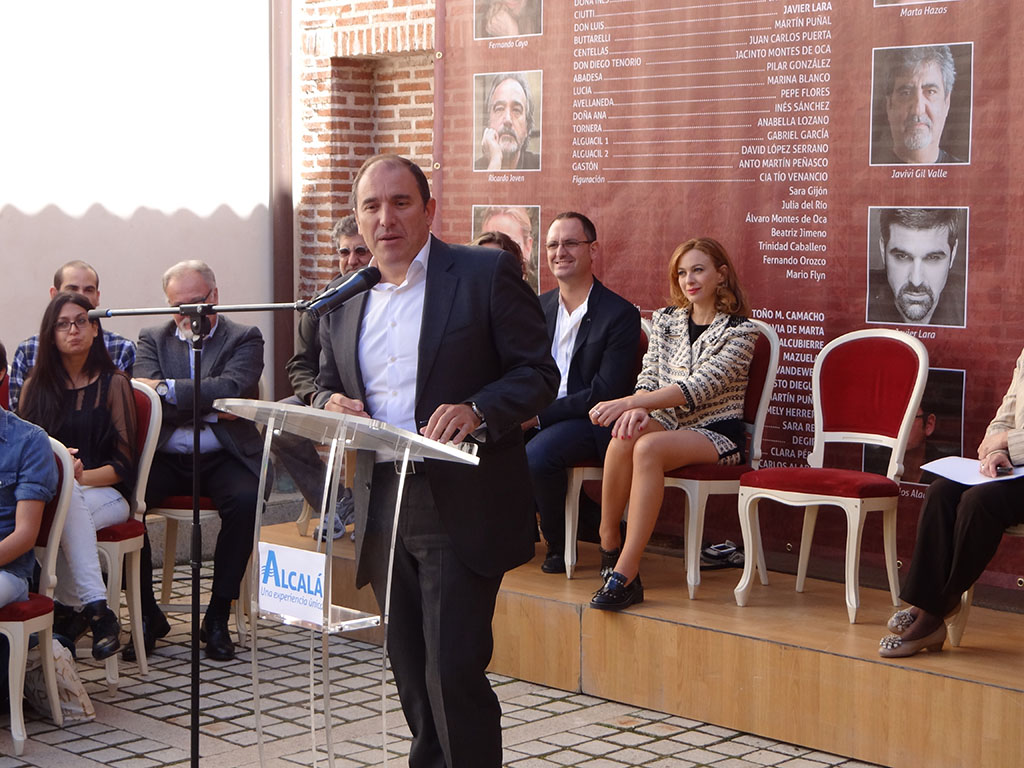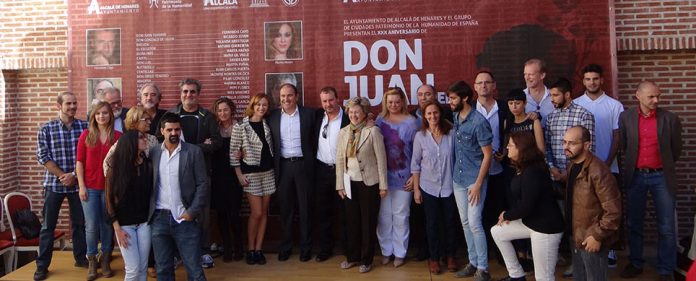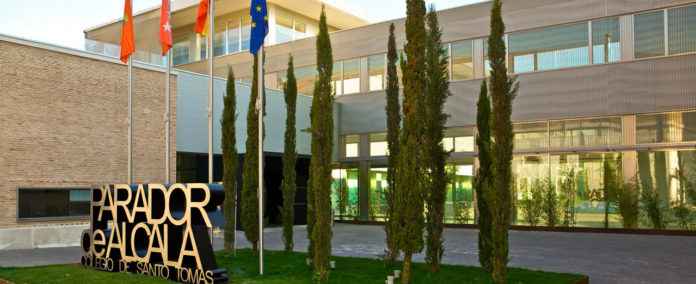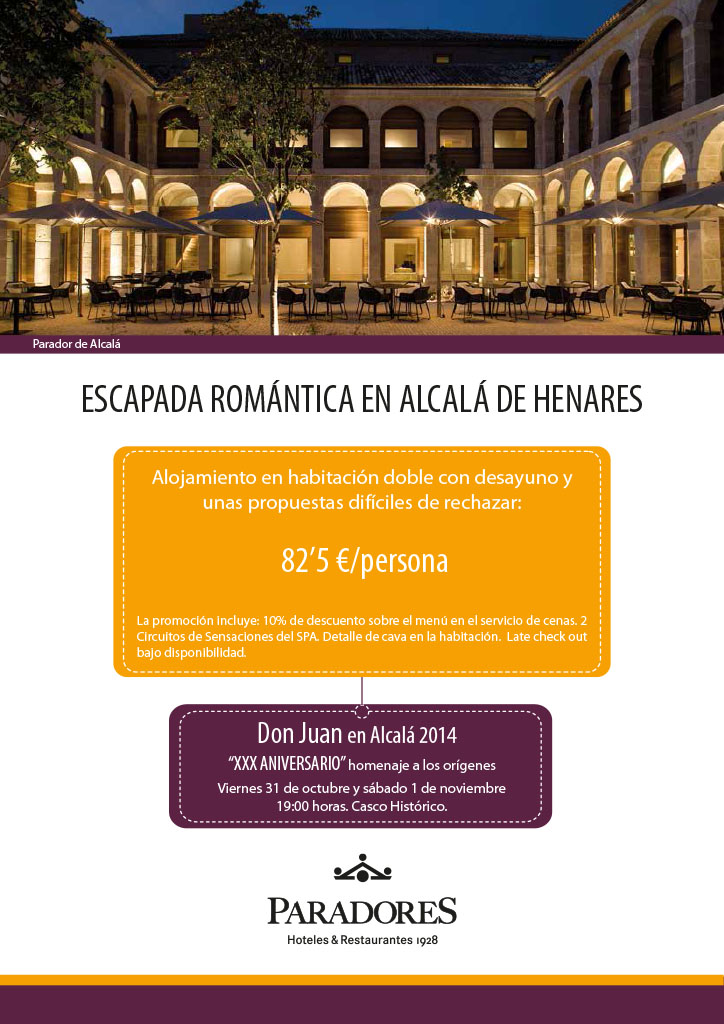Más de 680 establecimientos han inscrito ya sus ofertas especiales para la IV Edición de Alcalow Cost, la campaña de dinamización comercial basada en importantes descuentos en productos y servicios, que tendrá lugar en Alcalá de Henares del 7 al 10 de noviembre.
Y todavía pueden ser más, ya que hasta el 6 de noviembre se pueden enviar nuevas ofertas. Todas están disponibles en la web www.alcalowcost.com, incluida la participación de Renfe Cercanías, que se incorpora a Alcalow Cost con un descuento del 20% en los billetes de ida y vuelta entre Alcalá de Henares y cualquier estación de la Comunidad de Madrid y Guadalajara.
“El objetivo es convertir toda la ciudad en un gran centro comercial abierto y accesible a los alcalaínos y a todos aquellos que deseen visitarnos para comprobar la calidad de vuestra oferta comercial, porque vosotros: los comerciantes, los hosteleros, los emprendedores, sois lo más importante de esta iniciativa”, dijo el alcalde complutense.
Una de las novedades de esta edición de Alcalow Cost es el concurso que se desarrollará en la red social Twitter con la etiqueta #fotoyoalcalowcost, una forma divertida de participar en esta campaña comercial. Haz clic aquí para saber más
Folleto de establecimientos participantes
[pdfjs-viewer url=http://www.dream-alcala.com//pdf/AlcalowCost2014.pdf viewer_width=100% viewer_height=600px fullscreen=true download=true print=true openfile=false]
Esta campaña se desarrolla desde el Área de Gobierno de Desarrollo Económico del Ayuntamiento de Alcalá de Henares con el firme apoyo de la Comunidad de Madrid, a través de la Dirección General de Comercio, y en colaboración con la Asociación de Empresarios del Henares, la Agrupación de Comerciantes Amigos del Centro, la Asociación de Comerciantes de Alcalá de Henares, Fomentur, la Cámara de Comercio, la Universidad de Alcalá, grandes superficies, y establecimientos de hostelería y restauración. En la presentación, celebrada en el Corral de Comedias, participó también Fernando Bastarreche, presidente de Madrid Activa y consejero delegado del Plan Activa Henares.
Iniciativa de dinamización consolidada
Ante muchos de los participantes, que llenaron el Corral de Comedias, Javier Bello expresó su satisfacción por el crecimiento constante de esta acción pensada para generar actividad que beneficie a la ciudad. “Hemos pasado de los 257 comercios de la primera edición a más de 680, por ahora, de esta cuarta convocatoria”, dijo.
Los objetivos de Alcalow Cost se van cumpliendo. Así, con esta campaña se activa el comercio y se favorece el consumo en establecimientos de nuestra ciudad; se convierte a Alcalá en un importante referente dentro de la Comunidad de Madrid como ‘ciudad de compras’. “La ciudad histórica y la ciudad de la cultura tienen grandes atractivos, pero quisimos buscar una vertiente más, la de creación de la riqueza, que se mueve detrás de todo eso, y el comercio es una de ellas”, aseguró nuestro alcalde. “De esta forma –añadió- todos juntos logramos crear una ‘Experiencia Única’ en Alcalá de Henares”.
Imágenes de la presentación de Alcalow cost
[gdl_gallery title=»presentacion-alcalow-cost-2014″ width=»275″ height=»200″]


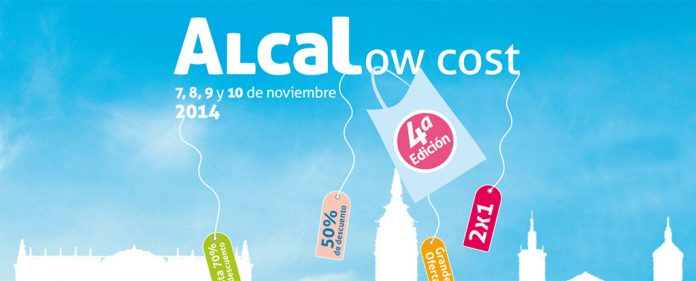
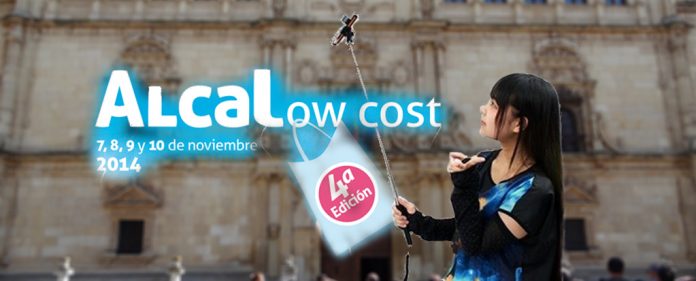
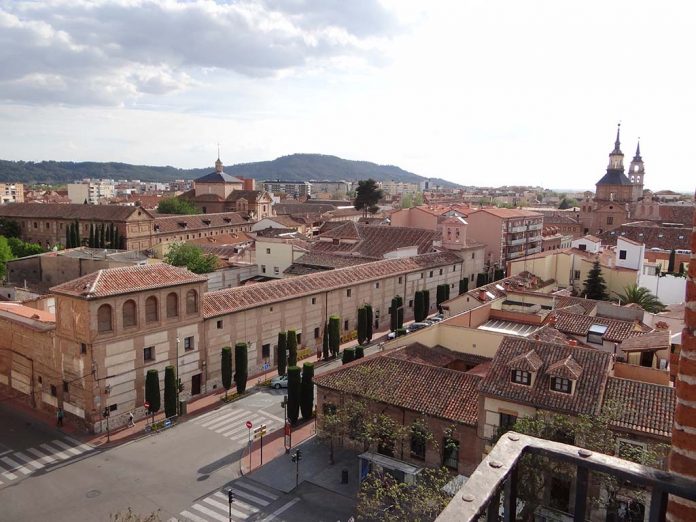
 En enero de 2011 se entregaron los primeros distintivos “Ciudad de la Ciencia y la Innovación” a 30 ayuntamientos seleccionados, entre aquellos que habían presentado su candidatura de acuerdo a la Orden CIN/2502/2010, de 17 de septiembre, por haber realizado un esfuerzo para potenciar el conocimiento y las infraestructuras innovadoras científicas, tecnológicas y sociales, propiciando el cambio hacia un modelo económico sostenible.
En enero de 2011 se entregaron los primeros distintivos “Ciudad de la Ciencia y la Innovación” a 30 ayuntamientos seleccionados, entre aquellos que habían presentado su candidatura de acuerdo a la Orden CIN/2502/2010, de 17 de septiembre, por haber realizado un esfuerzo para potenciar el conocimiento y las infraestructuras innovadoras científicas, tecnológicas y sociales, propiciando el cambio hacia un modelo económico sostenible.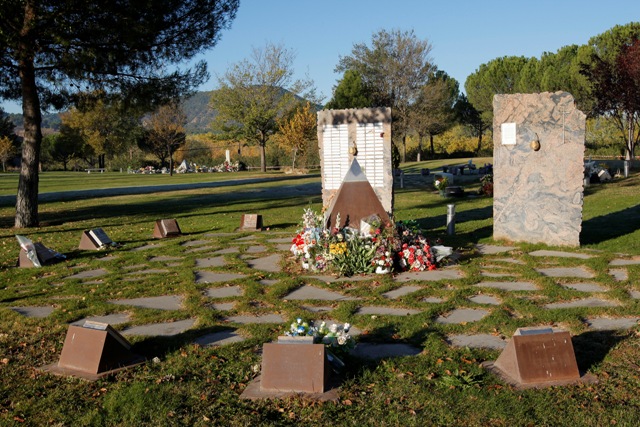
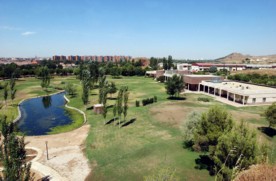
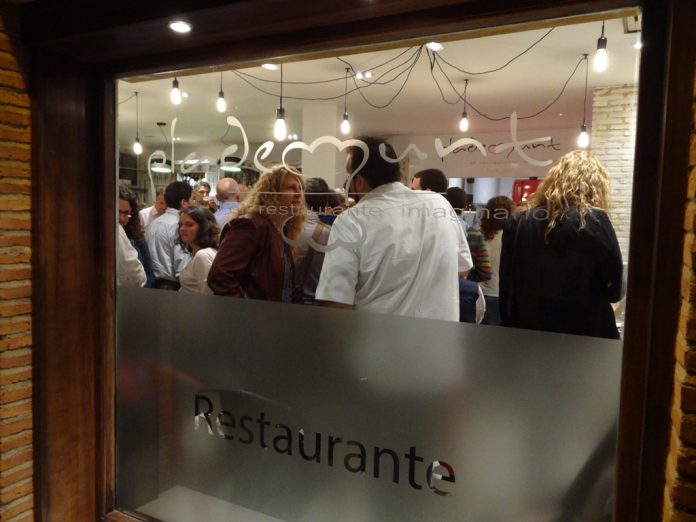
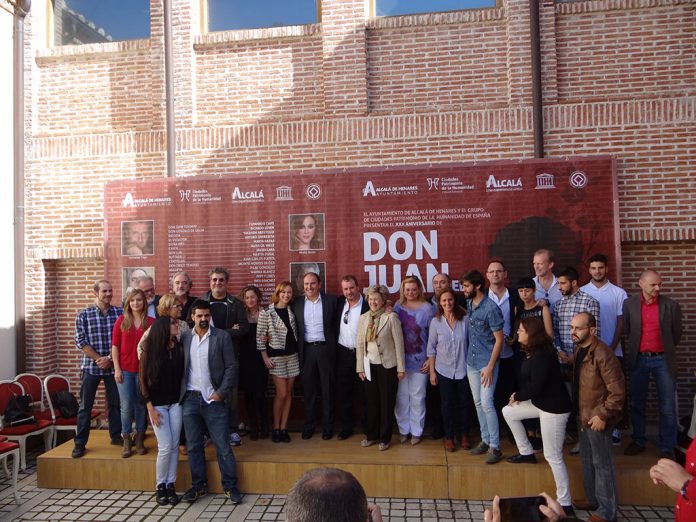

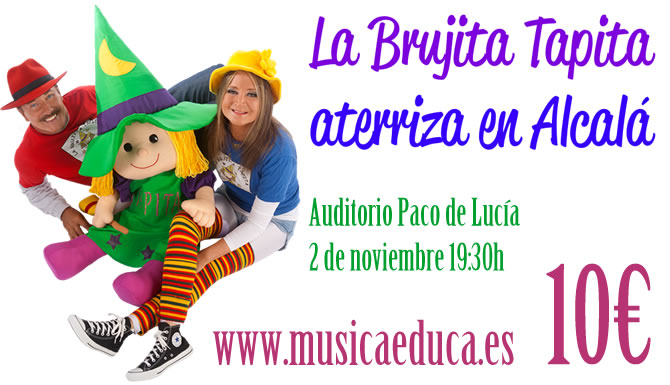
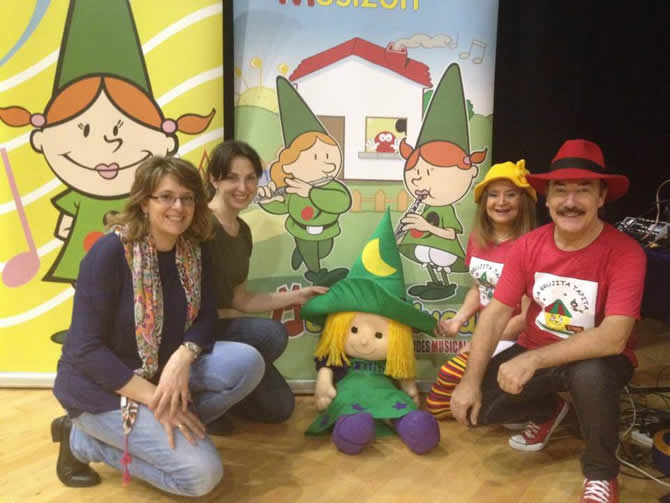
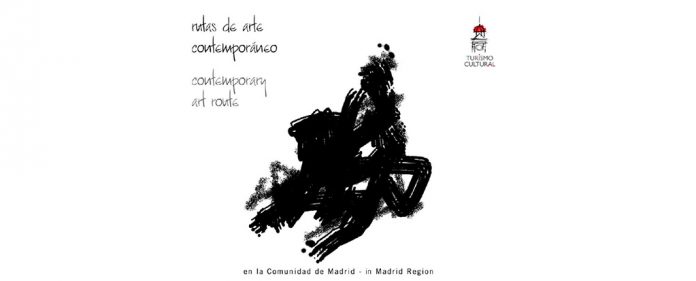

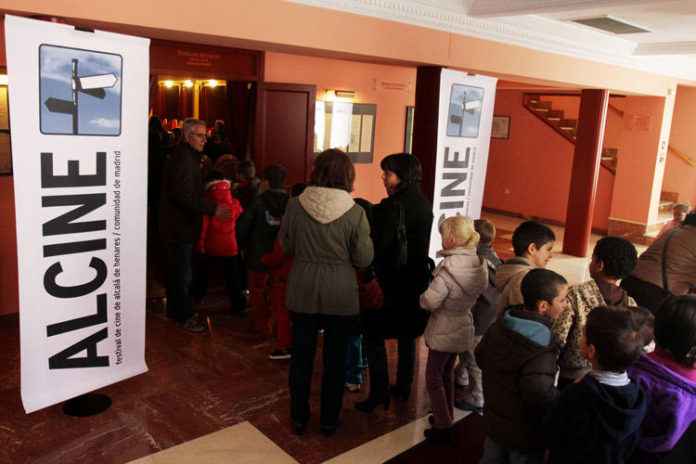
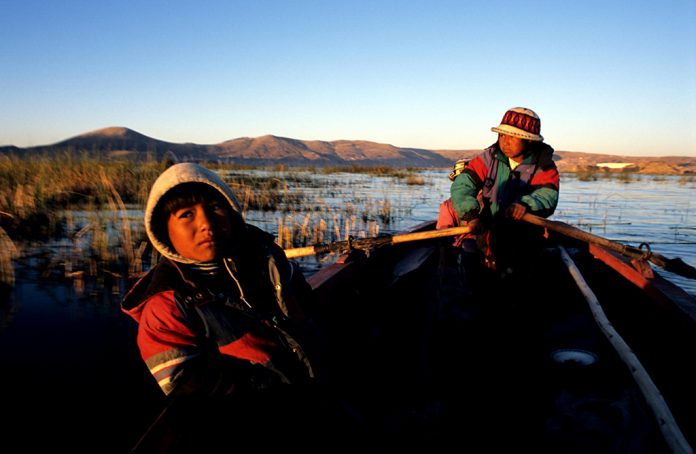
 Todos los miércoles de noviembre, cuatro Bibliotecas Públicas de Alcalá de Henares organizarán sesiones de cuentacuentos en el marco de la campaña contra la explotación laboral infantil “El trabajo no es cosa de niños” de la ONG Global Humanitaria.
Todos los miércoles de noviembre, cuatro Bibliotecas Públicas de Alcalá de Henares organizarán sesiones de cuentacuentos en el marco de la campaña contra la explotación laboral infantil “El trabajo no es cosa de niños” de la ONG Global Humanitaria.